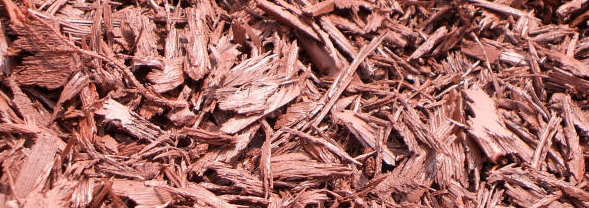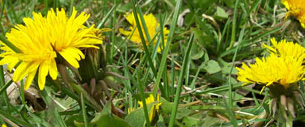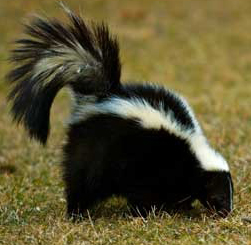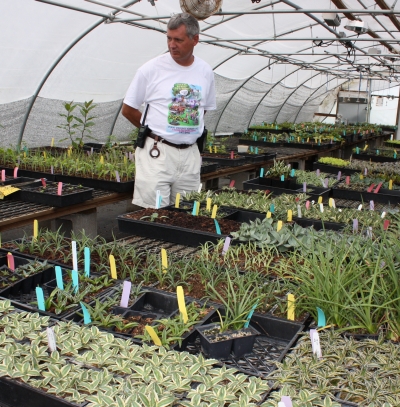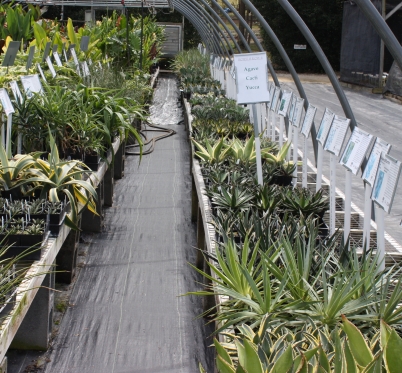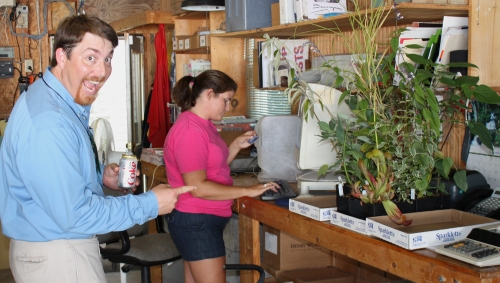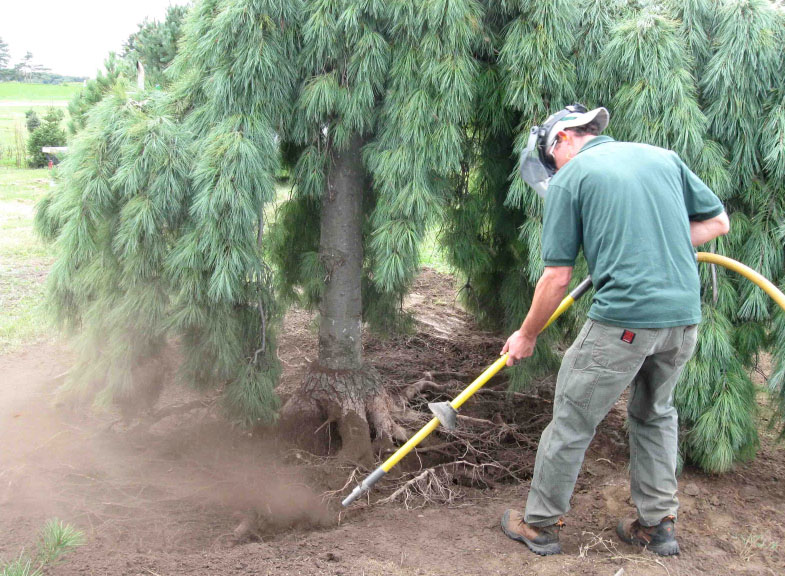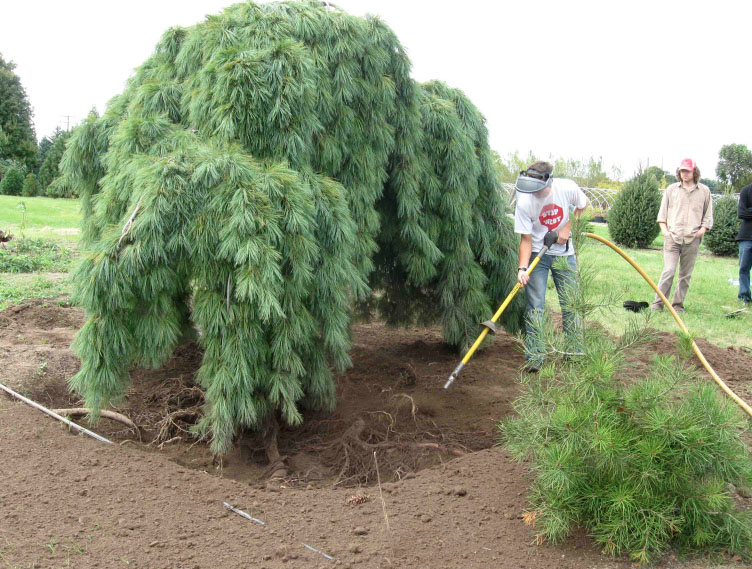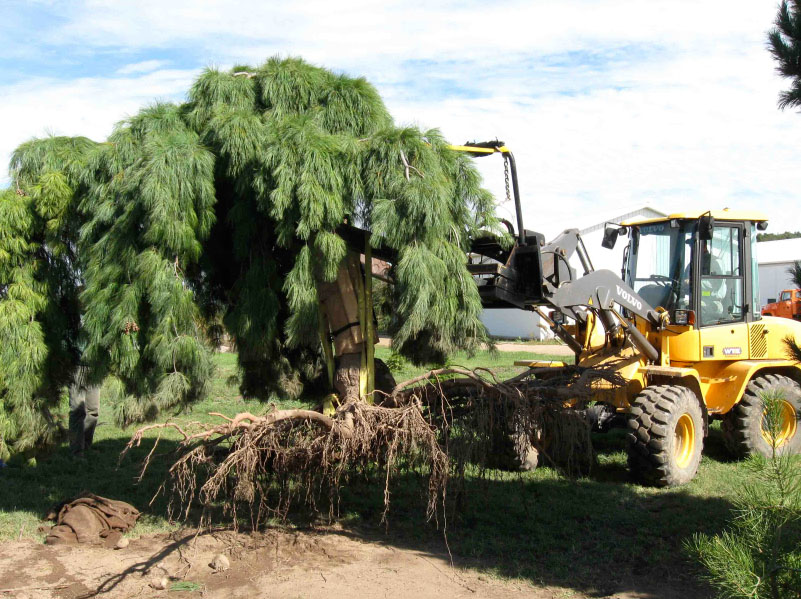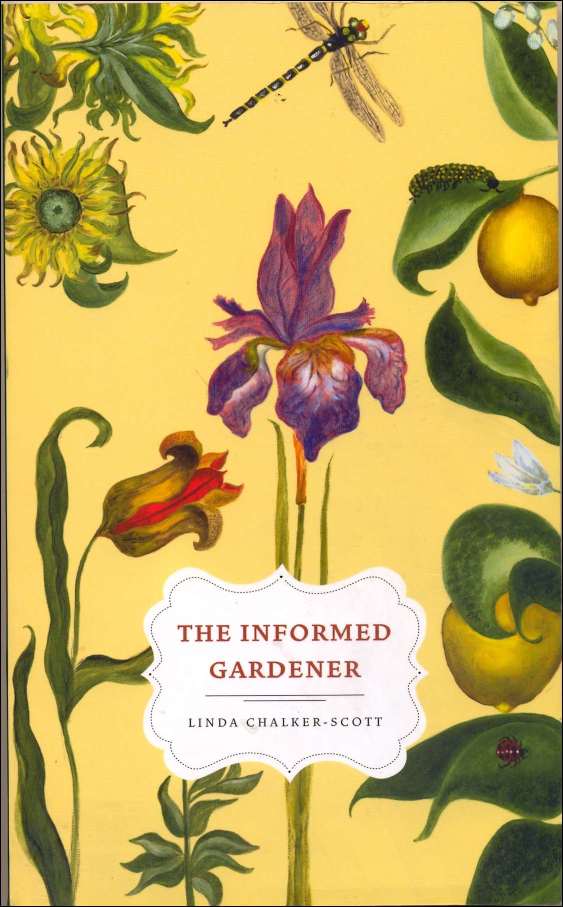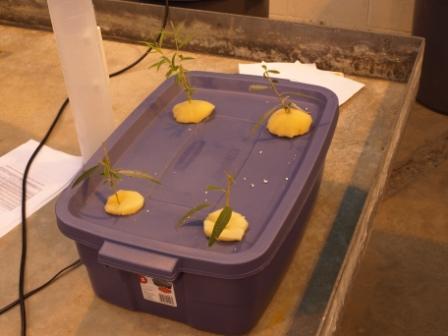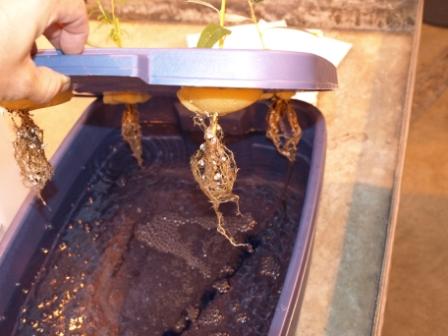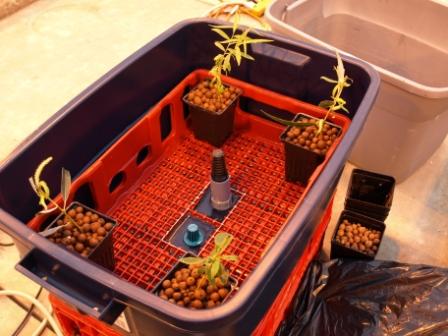…Otherwise known as “splayage”. When vegetatively propagating some species of woody plants, care should be taken when selecting where to take a cutting (piece of stem) to root. Propagation from terminal cuttings (pointy end up) usually results in orthotropism or a vertical growth habit. Cuttings from extremely lateral branches (those that grow parallel to the ground) can, in a few species, result in a spreading growth habit or plagiotropism.
This is not always undesirable – some species are purposefully propagated this way to maintain the prostrate habit that particular cultivar is known for. I’ve propagated lots of Buddleia over the years and don’t recall having this happen. Jeff, you were “Mr. Buddleia”* back in our days at UGA…please weigh in on this!
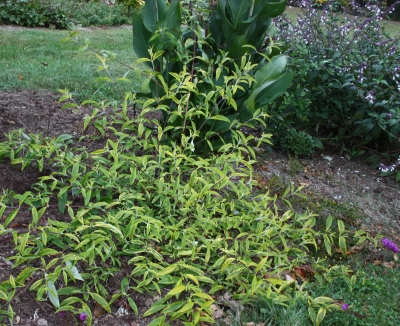
Buddleia davidii ‘Santana’, author’s garden.
Said plant was purchased from a little Mom & Pop greenhouse as a 4.5” pot with a 6” tall rooted cutting, and it went into our garden in May. It is now lolling all over its neighbors like a drunken sailor. What looks like a vertical piece in the back is simply propped up by the Canna. No big deal, just a good teaching moment.
‘Santana’ is a bit slower-growing than most cultivars of Buddleia, yet is in great demand due to the wacky variegated foliage. My guess? This is the result of repeated acts of propagation via lateral branches…cuttings of cuttings of cuttings. Not to mention the fact that it’s patented, so this guy may not only be floppy, but illegal (!). One of the purported upsides of the plant patenting process is to control the quantity and quality of propagation through licensing. But that’s another post topic for the future.
*Not to be mistaken for the pageant winner “Miss Buddleia”

